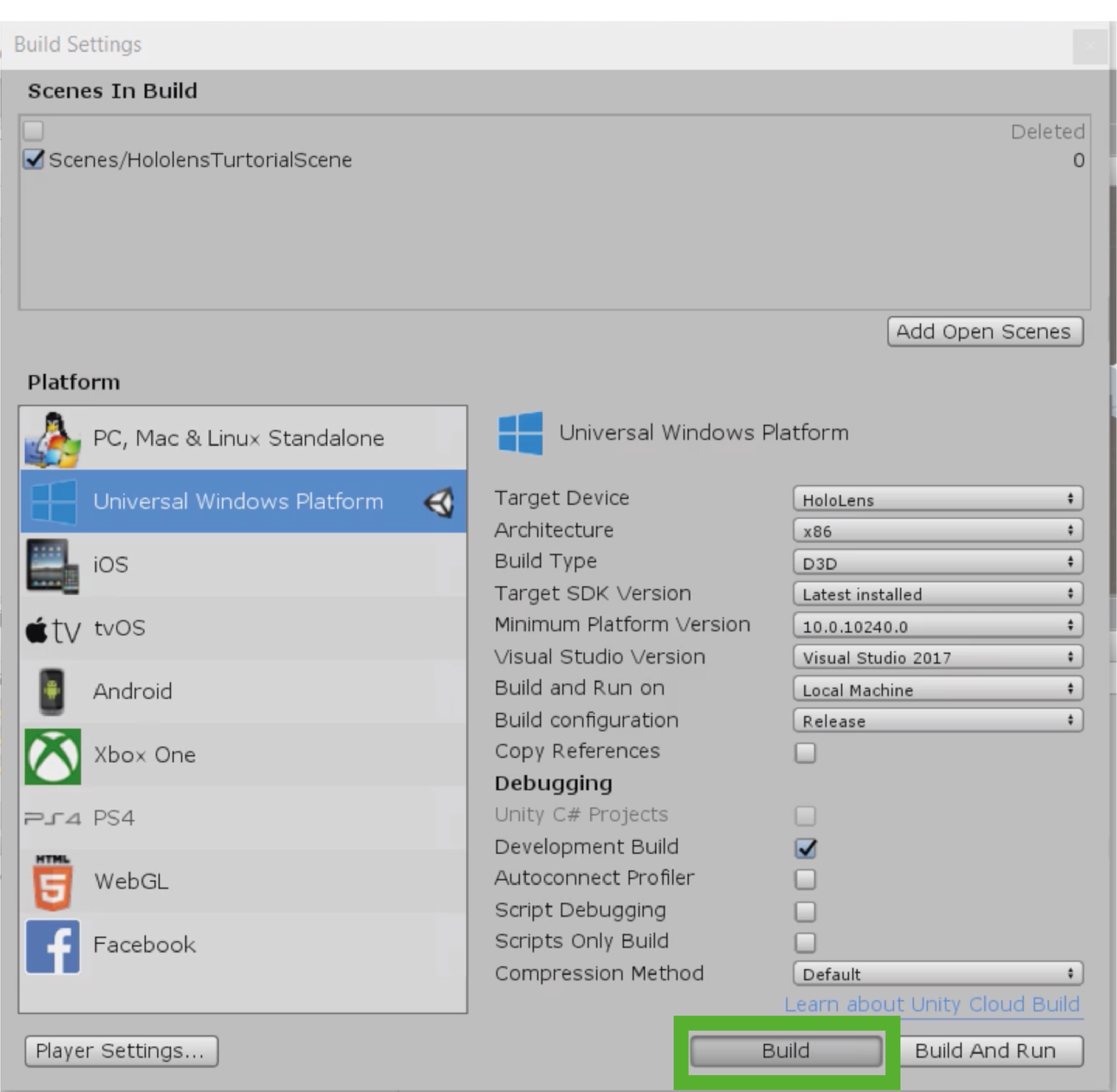Open 'OpenH264Lib.sln' Visual Studio solution file. Build OpenH264Lib project from VisualStudio 'Build OpenH264Lib' menu. (Not 'Build Solution'), or in Solution Explorer, right click 'OpenH264Lib' project and build. It has a configure.sln (Visual Studio Solution) that can be built and run to create a custom solution (like./configure and make). For the libdmtx.dll, I created a libdmtx.def module definition file that listed all the exported functions in dmtx.h. Doing so should make it possible to call those functions in the libdmtx.dll from.NET using. Trying to remotely 'Open from web' any of the.sln files within DNN and getting this message: 'The selected file is not a valid Visual Studio Solution file'. My remote is Win XP PRO, running VS 2003 7.1.3088 with.NET Framework 1.1. Download and Install Microsoft Visual Studio Software. Download the source code zip file; Installation/Setup. Extract the downloaded source code zip file. Locate the solution file in the extracted folder. The solution file is known as 'GameTimer.sln'. Open the solution file with your Microsoft Visual Studio Software.
The ultimate step in exploring an assembly is exporting it to a Visual Studio project so that you can browse the source code, build and debug it.
Independently of the original programming language, which was used in the assembly, the exported project is created using C#.

Export an assembly to a Visual Studio project
Can I Open A Vb.net Sln In Visual Studio Free
Select an assembly in the Assembly Explorer window and click Export to Project on the toolbar, or choose Export to Project in the context menu.
In the Export to Project dialog that appears, specify a destination folder where the project is exported. In this folder, the wizard will create a subfolder for your project.
If the [DestinationFolder]/[ProjectSubfolder] is not empty, dotPeek detects it and suggests overwriting the existing files, cleaning the folder before export, or choosing another folder.Change the project name if necessary.
Tick Create *.sln file if you want a solution to be created for the project.
Visual Studio compatibility for the created solution file depends on the .NET Framework version used in the assembly. For instance, if the assembly uses .NET Framework 4.5 a Visual Studio 2012 solution is created.Tick Create *.pdb file to create the debug information file for the project.
Tick Add project to Assembly Explorer if you want to add the decompiled project to the Assembly Explorer window and study project structure, files, and so on.
Tick Open project in Visual Studio if you want to open the project right away.
Click Export to finish. You can watch the progress of exporting the assembly in the Project/PDB Generation Status window.